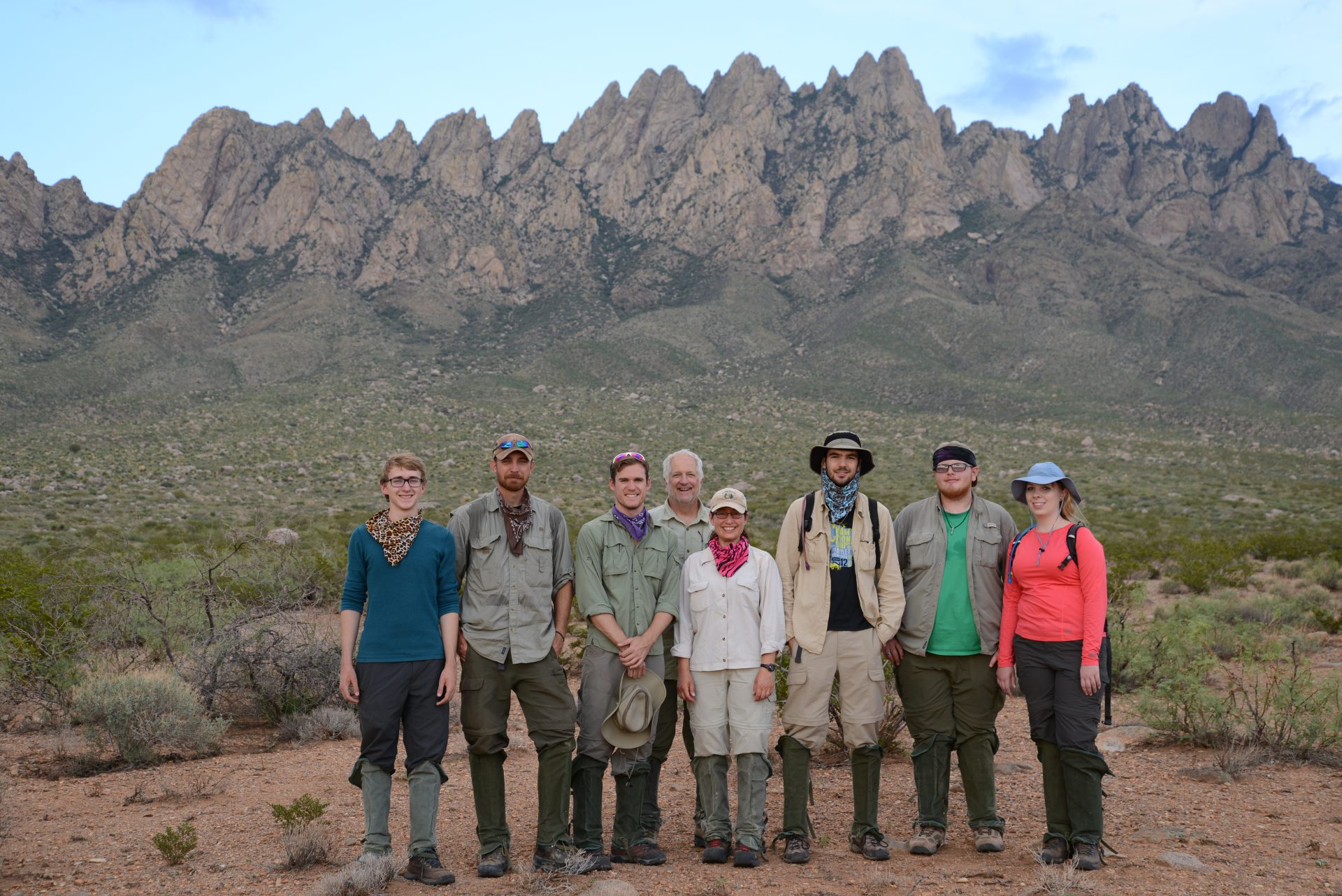How do interactions between phenotypes, genotypes, and environmental stimuli yield variation in sensory physiology and behavior?
From structural biology to venom biochemistry, genomics, and neurophysiology, the Rowe lab integrates techniques across biological scales to investigate the mechanisms underlying sensory and neuromuscular adaptations that mediate predator-prey interactions. We study predator-prey interactions because they rely on fast, specialized sensory inputs and neuromuscular responses, and we focus on ion channels in nerve and muscle tissue because they encode sensory information and regulate responses to environmental stimuli. Interactions between carnivorous grasshopper mice (a.k.a., scorpion mice) and their chemically-defended prey (scorpions, darkling beetles, centipedes, tarantulas) provide a powerful, ecologically relevant system for examining the role of ion channels in sensory adaptations that mediate predatory behavior.





